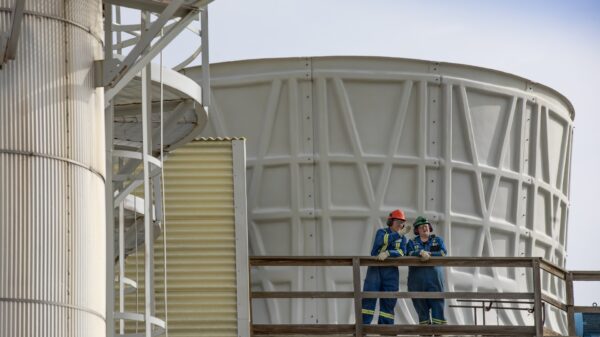As the world grapples with the challenges of waste management and environmental sustainability, the concept of a circular economy has gained significant attention. A circular economy aims to minimize waste and maximize resource efficiency by designing products, services, and systems that promote reuse, repair, and recycling.
What is a circular economy?
A circular economy is a regenerative system that aims to keep resources in use for as long as possible. It is a departure from the traditional linear economy, where products are made, used, and disposed of. In a circular economy, the focus is on reducing waste, preserving resources, and creating value from waste materials.
The principles of a circular economy include:
- Designing for durability and recyclability: Products are designed to last longer and be easily disassembled for recycling or repair.
- Emphasizing reuse and repair: Products are repaired and reused instead of being discarded.
- Promoting recycling and recovery: Materials from products are recycled and recovered to create new products or energy.
- Reducing resource consumption: The use of virgin resources is minimized, and renewable resources are prioritized.
Trends in reducing waste globally
Across the globe, there are several exciting trends and initiatives that are driving the transition towards a circular economy. These trends are not only reducing waste but also creating new economic opportunities and promoting sustainable growth.
1. Extended producer responsibility (EPR)
Extended producer responsibility is a policy approach that holds manufacturers responsible for the entire lifecycle of their products, including their disposal. This approach incentivizes manufacturers to design products that are easier to recycle and recover materials from. EPR programs have been implemented in various countries, leading to increased recycling rates and reduced waste.
2. Sharing economy
The sharing economy has gained popularity in recent years, with platforms like Airbnb and Uber revolutionizing the way we consume goods and services. By sharing resources, such as cars, accommodation, and tools, we can minimize waste and optimize the use of existing resources. The sharing economy promotes the idea of access over ownership, reducing the need for excessive production and consumption.
3. Zero waste initiatives
Zero waste initiatives aim to eliminate waste sent to landfills and incinerators. These initiatives focus on waste reduction, recycling, composting, and resource recovery. By adopting a zero waste approach, communities and businesses can significantly reduce their environmental impact and move towards a circular economy.
4. Product-as-a-Service (PaaS)
Product-as-a-Service is a business model where customers pay for the use of a product rather than owning it outright. This model encourages manufacturers to design products that are durable, repairable, and easily upgradable. By shifting the focus from ownership to access, PaaS reduces waste and promotes resource efficiency.
5. Circular supply chains
Circular supply chains aim to minimize waste and maximize the value of resources throughout the entire supply chain. This includes implementing practices such as reverse logistics, where products are returned, refurbished, and resold. Circular supply chains promote collaboration and innovation among stakeholders, leading to reduced waste and increased resource efficiency.
The benefits of a circular economy
A transition towards a circular economy offers numerous benefits, both for the environment and the economy:
- Reduced waste: A circular economy minimizes waste generation and promotes the reuse and recycling of materials.
- Resource efficiency: By maximizing the value of resources, a circular economy reduces the need for virgin materials and minimizes resource depletion.
- Job creation: The shift towards a circular economy creates new job opportunities in areas such as recycling, repair, and waste management.
- Economic growth: A circular economy can stimulate economic growth by promoting innovation, fostering sustainable business models, and creating new markets.
- Environmental sustainability: By reducing waste and resource consumption, a circular economy helps mitigate the environmental impacts of production and consumption.
Conclusion
The global movement towards a circular economy is gaining momentum, driven by the need for sustainable solutions to waste management and resource depletion. Through initiatives such as extended producer responsibility, the sharing economy, zero waste initiatives, product-as-a-service, and circular supply chains, we can reduce waste, preserve resources, and create a more sustainable future. Embracing a circular economy not only benefits the environment but also presents economic opportunities and promotes long-term sustainability.




































